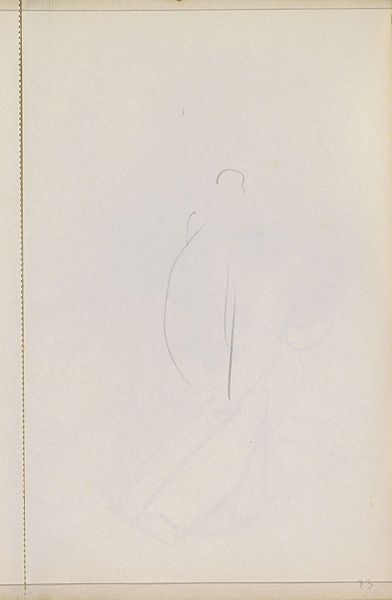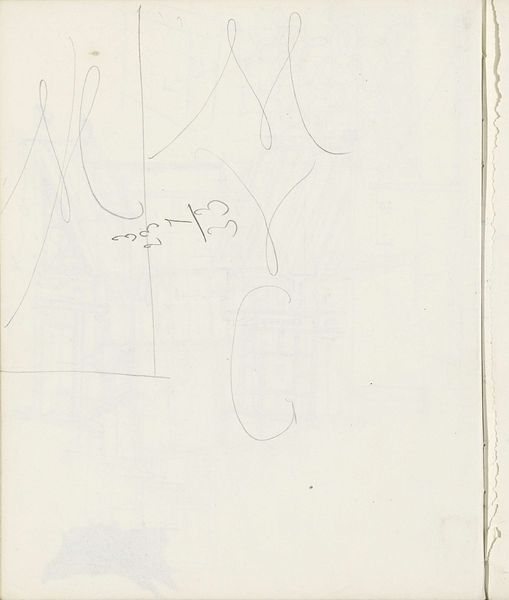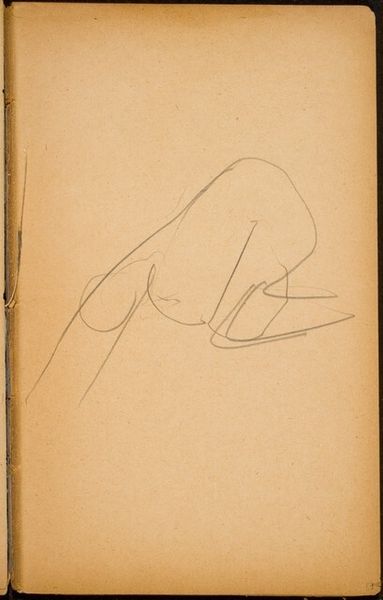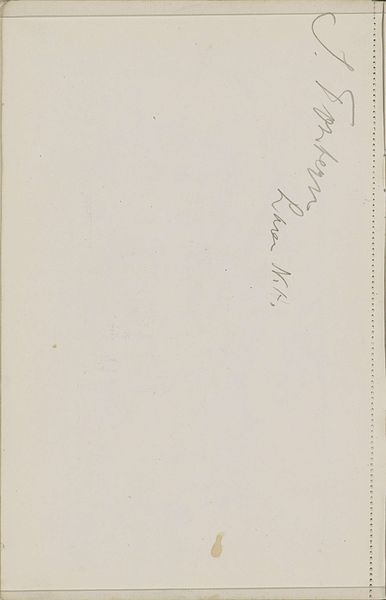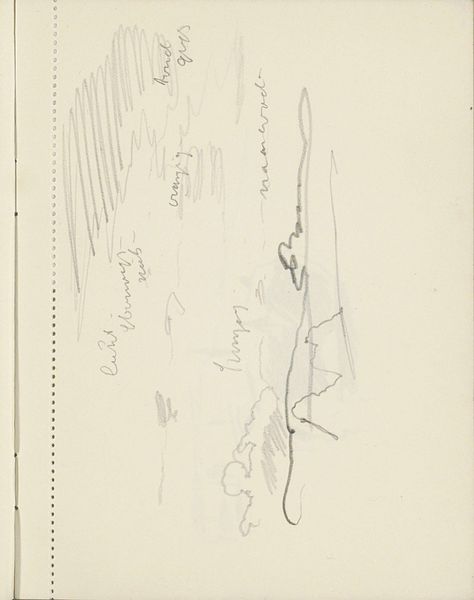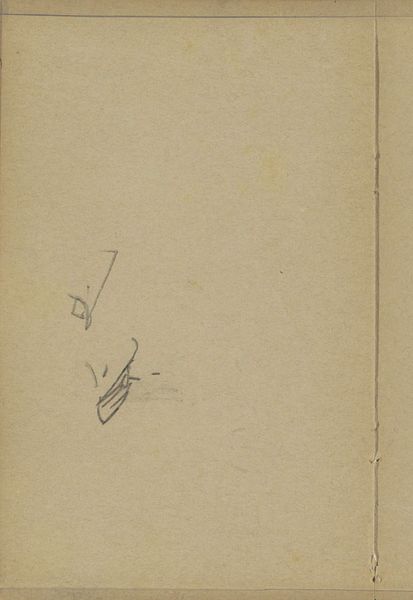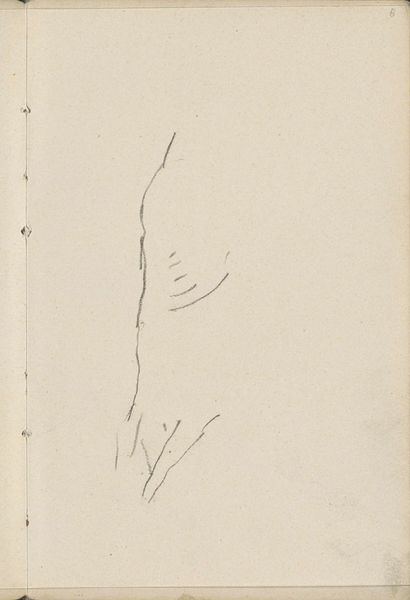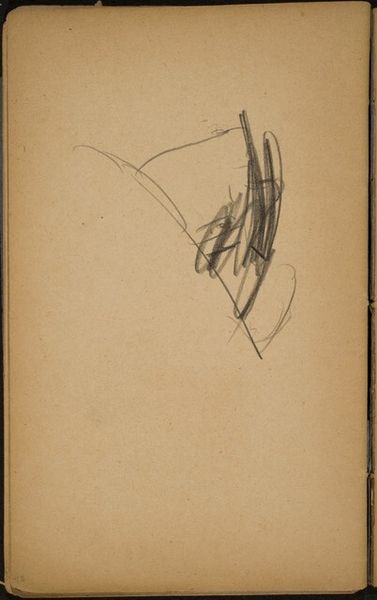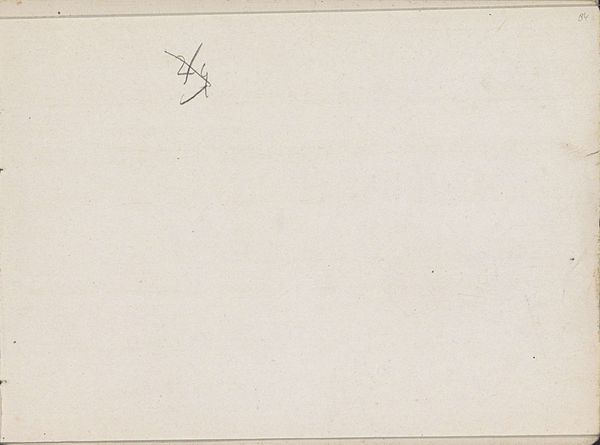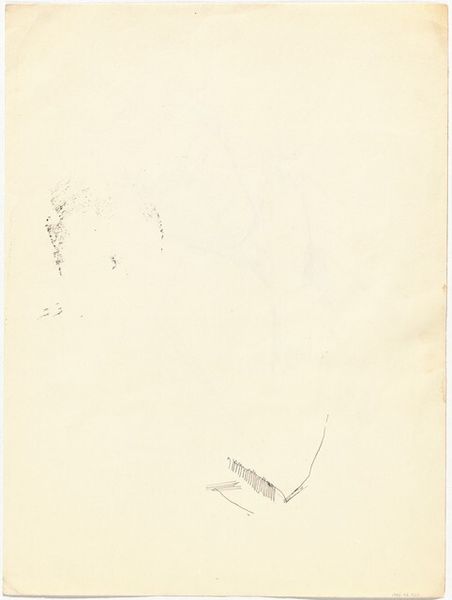
drawing, paper, pencil, graphite
#
drawing
#
paper
#
pencil
#
abstraction
#
line
#
graphite
Copyright: Rijks Museum: Open Domain
Editor: This drawing, “Studie,” created around 1886 by George Hendrik Breitner, employs graphite pencil on paper. It feels so incredibly sparse; just a few lines against all this empty space. How do you interpret this work? Curator: This "Studie," while minimal, offers us a window into Breitner’s process, but more broadly, to art making itself. Consider the historical context: the late 19th century, rife with societal upheaval and burgeoning industrialization. Artists like Breitner were grappling with how to represent a rapidly changing world. Is this spare drawing, with its emphasis on line, perhaps a radical rejection of traditional academic painting? Editor: So, you see it as a deliberate act, almost a commentary? Curator: Absolutely. We must ask ourselves, what is Breitner trying to communicate by showing us so little? Could it be a critique of representation itself? Perhaps even an implicit connection with labor-- showing just the basics and essential components, similar to the essential elements needed by labourers and marginalized figures depicted at the time. The single sweeping line carries weight when you consider its social and political implications. Editor: I hadn't considered that it might be making a broader comment, it's fascinating how much history can be embedded in such a simple composition! Curator: Exactly! Art often functions as a visual archive of its time. This study is a clear example. We must learn how to decipher it, as a window onto broader issues.
Comments
No comments
Be the first to comment and join the conversation on the ultimate creative platform.
